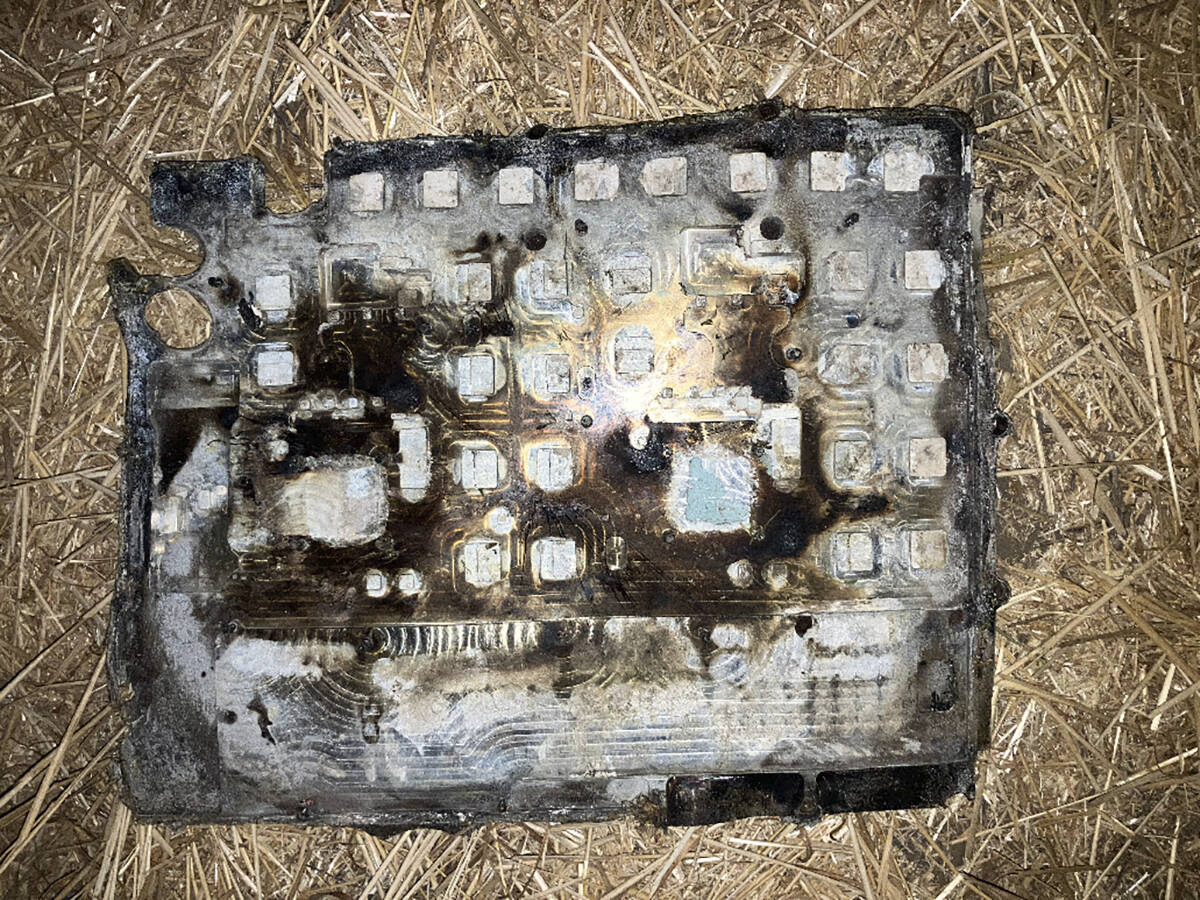Did the “flash crash” of May 6 scare the bejeebers out of you?It certainly rattled the equity markets and has seen the head of the Chicago Mercantile Exchange, which is the owner of the main agricultural futures and options contracts in North America, dragged before inquisitors in Washington to provide answers about what happened.The answer from him, and from a number of brokers and commodity market experts I’ve spoken to is that the futures markets farmers rely on are safe from this kind of collapse and market implosion and are far ahead of the equity markets in making sure these runs on the market don’t get out of hand.That’s good news for the thousands of farmers who rely on futures and options for hedging and want to feel confident that the exchanges that offer these contracts know what they’re doing. Both the exchanges and contracts appear to be safe from this particular kind of market crisis.Here’s a synopsis of what happened on May 6.A little after 1 p.m. central standard time on a long day of gradual market losses, CME stock index futures of the Standard and Poor’s 500 index began sliding. At about 1:40 p.m. the gradual slide became a big sudden slump in index futures on the CME and a catastrophic collapse for some stock prices at various stock exchanges. By 1:45 p.m., the CME’s stock index hit its low of a nine percent drop on the day, then began recovering. But a number of stocks on stock exchanges kept collapsing, with shares of Accenture, an insurance company, falling by more than 99 percent in less than three minutes. Proctor and Gamble stock fell almost 30 percent in two minutes.Equally stunning was the recovery. In two minutes, P and G was back to where it had been five minutes before. Accenture staged a more than 100 percent recovery of its two minute 99 percent slide.The CME stock index futures ended the day down about four percent. The term “flash crash” comes from the widespread belief that flash trading – incredibly fast computerized trading – was a prime cause of the sudden collapse and rebound.So all’s well that ends well, right? There’s a lot of finger pointing and anxiety about what happened on May 6. Rational markets aren’t supposed to act this way.Although every detail of what occurred in that calamitous few minutes is not clear, some basic inter-exchange problems are obvious. Some exchanges have no price movement limits. Some do. When stock sell orders hit limit locks at one exchange, they sometimes redirect to other markets, causing automated sell orders to cascade into often less liquid markets, crashing prices.The only thing we need to know and understand is that this didn’t occur in the futures markets upon which farmers rely. The CME index contract fell less than 10 percent, at which point a circuit breaking price limit was imposed, and that isn’t necessarily an unreasonable price decline in a twitchy world market. So nothing really went all that wrong at the CME.And it’s hard to see ag futures contracts and exchanges being undermined by the wild volatility in stocks because ag futures contracts have had daily price limits bracketing them for decades. Dozy stock markets appear to be waking up to the need for circuit breakers, but ag futures markets have had them for ages.Although few recognize this to be the case, ag markets have historically been trailblazers in the world of markets and exchanges and their longevity and maturity appear to be protecting farmers from the situation that cost sophisticated stock investors so much money a few weeks ago.
Read Also

Farmers asked to keep an eye out for space junk
Farmers and landowners east of Saskatoon are asked to watch for possible debris in their fields after the re-entry of a satellite in late September.

















